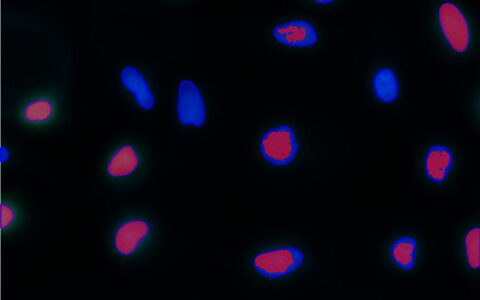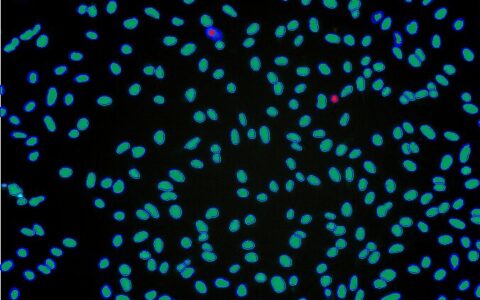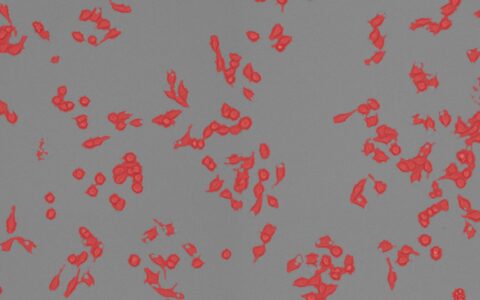Cell Count (Fluorescence)
Cell counting is a frequent and essential task for researchers, often used to assess the effects of agonists or experimental conditions on cell survival and proliferation. Manual counting, however, is tedious and prone to errors (Morelli et al., 2021).
The Image-Pro Cell Count protocol streamlines this process, enabling the efficient analysis of large datasets in complex formats, such as multi-well plates, with minimal image analysis expertise. The protocol supports threshold segmentation, machine learning segmentation, and deep learning segmentation, offering a selection of pre-trained models for fluorescent whole-cell or nucleus detection.
Techniques: Fluorescence
How it works
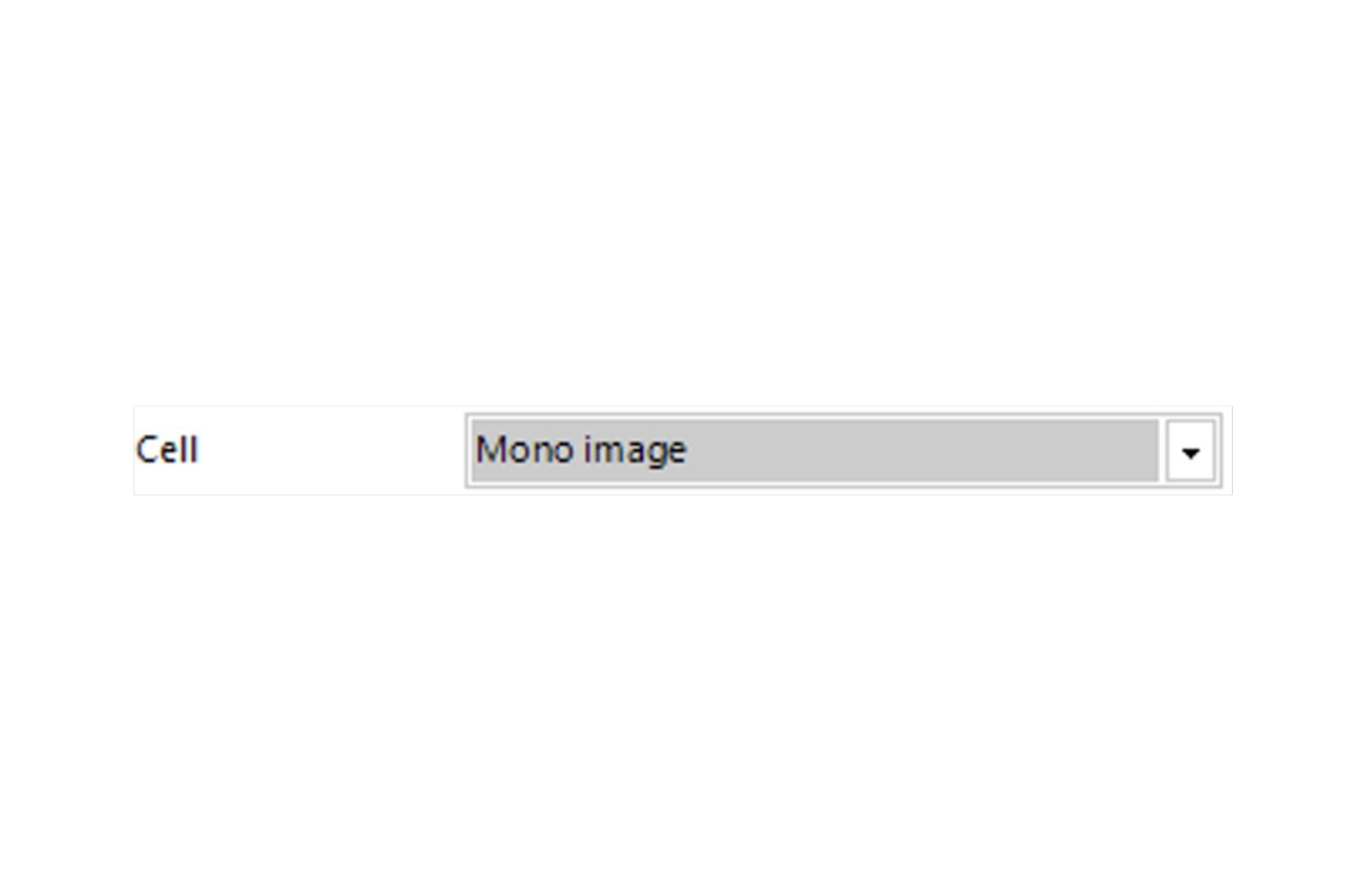
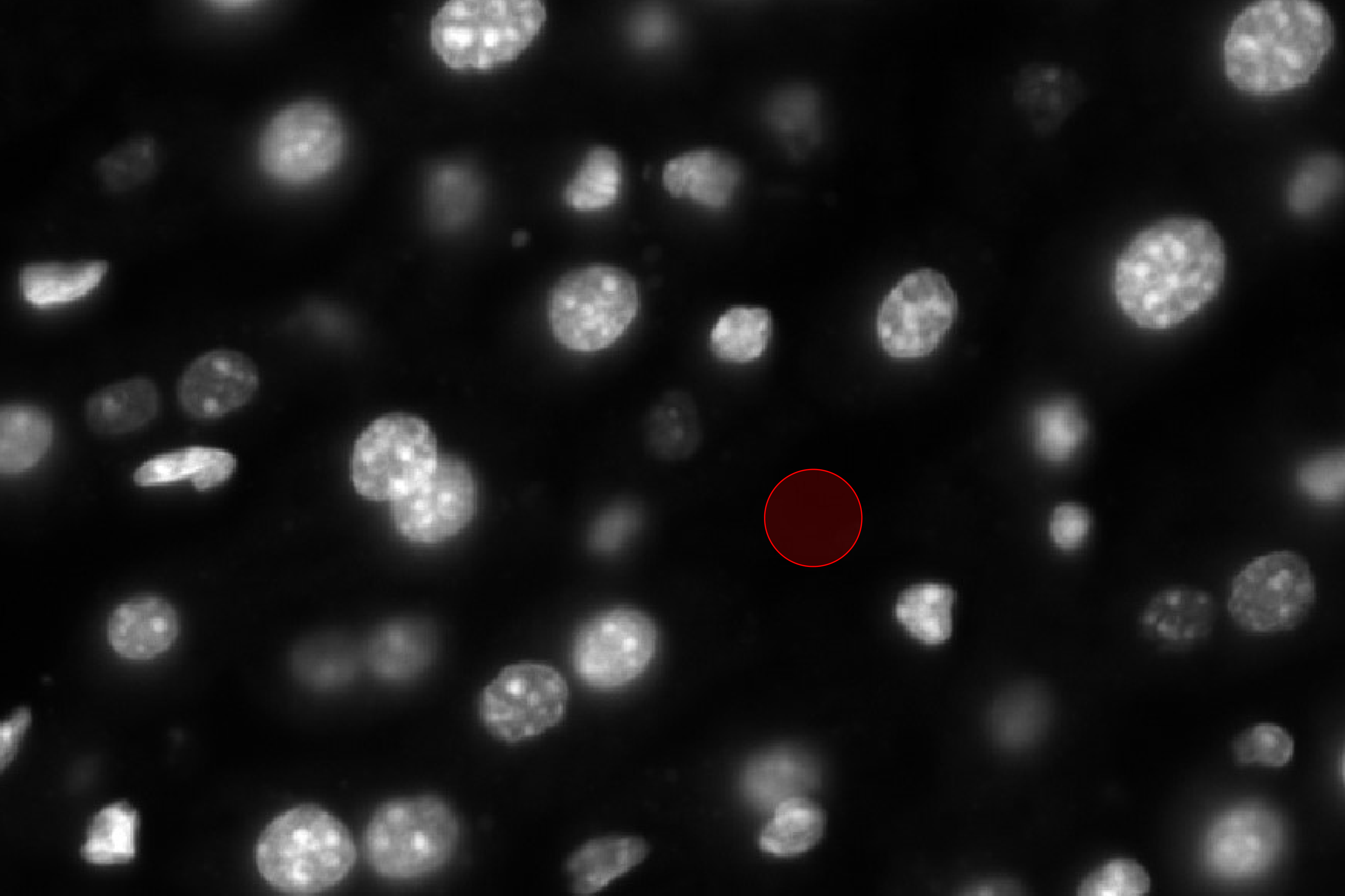
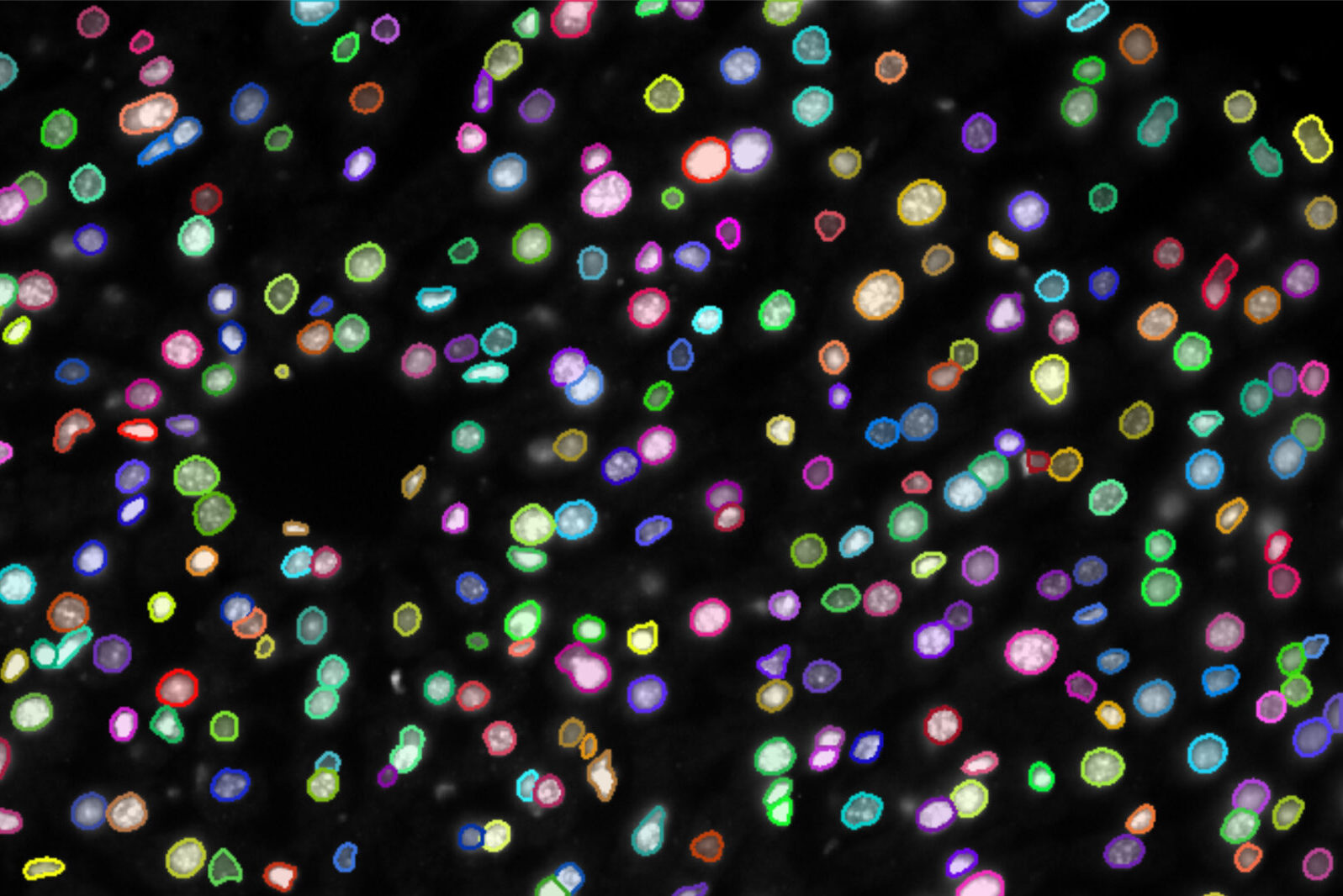
Select Channel
Select the channel that contains labeled cells.
Set Object Diameter
Set the diameter of labeled cells.
Find Cells or Nuclei
Find cells or nuclei with threshold segmentation, machine learning, or a pre-trained deep learning model.
Quantitative results
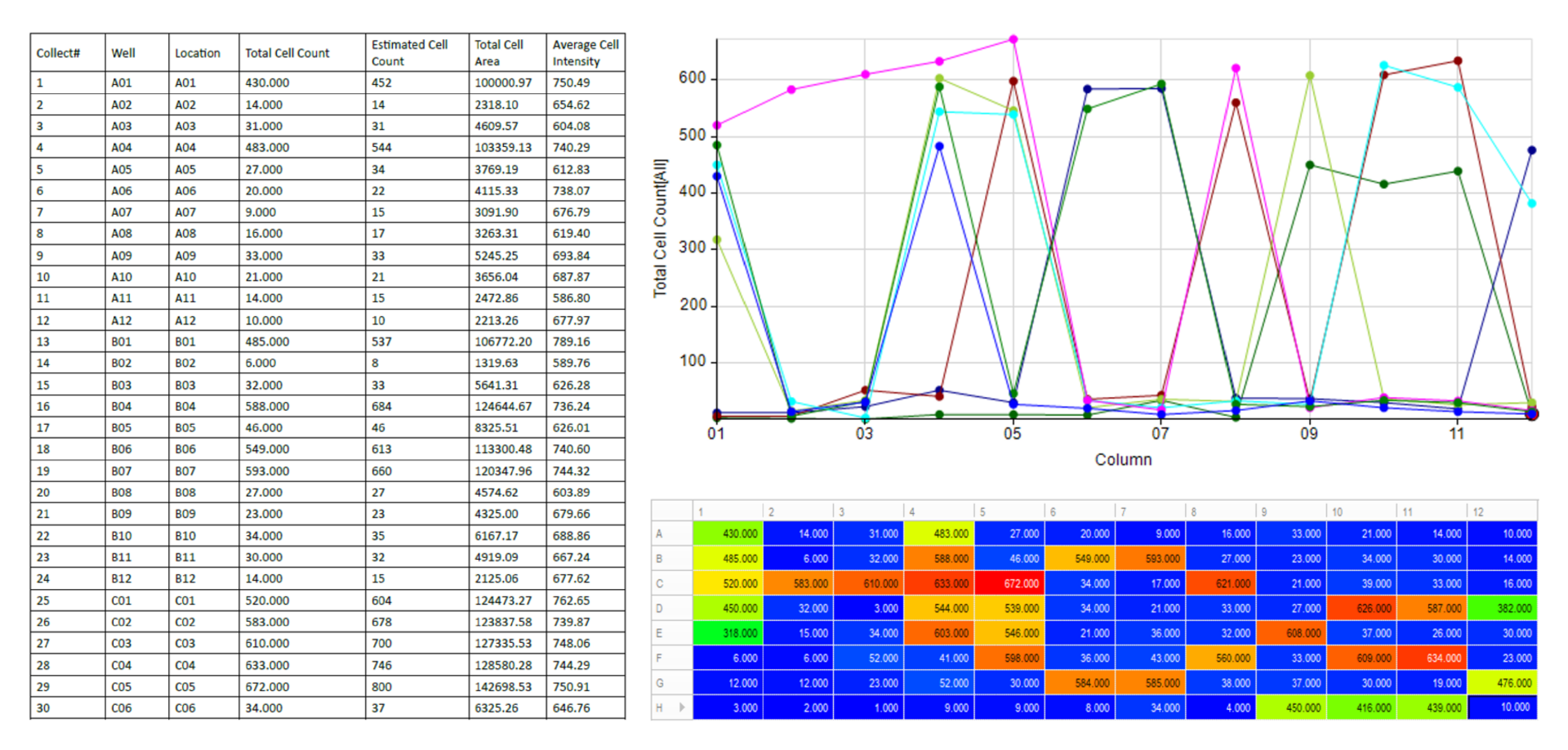
Automatically generate tables, heat maps, charts and even complex bespoke reports.
Measurement parameters supported
- • Total Cell Count
- • Estimated Cell Count
- • Total Cell Area
- • Average Cell Area
- • Average Cell Diameter
- • Average Cell Intensity
- • Custom user-defined measurements
Solution requirements
Required Modules
Base
2D Automated Analysis
Cell Biology Protocol Collection
Cell Count Protocol
AI Deep Learning
Life Science Models
Fluorescent Cells Model
Recommended Package
Literature spotlight
- Liu, P., Zhang, Z., Wang, J., Zhang, X., Yu, X., & Li, Y. (2021). Empagliflozin protects diabetic pancreatic tissue from damage by inhibiting the activation of the NLRP3/caspase-1/GSDMD pathway in pancreatic β cells: in vitro and in vivo studies. Bioengineered, 12(2), 9356-9366.
- Zhang, S., Zhang, R., Yin, X., Lu, Y., Cheng, H., Pan, Y., ... & Lin, J. (2023). MenSCs transplantation improve the viability of injured endometrial cells through activating PI3K/Akt pathway. Reproductive Sciences, 30(11), 3325-3338.
- Zeng, H., Safratowich, B. D., Cheng, W.-H., Larson, K. J., & Briske-Anderson, M. (2022). Deoxycholic Acid Modulates Cell-Junction Gene Expression and Increases Intestinal Barrier Dysfunction. Molecules, 27(3), 723.

